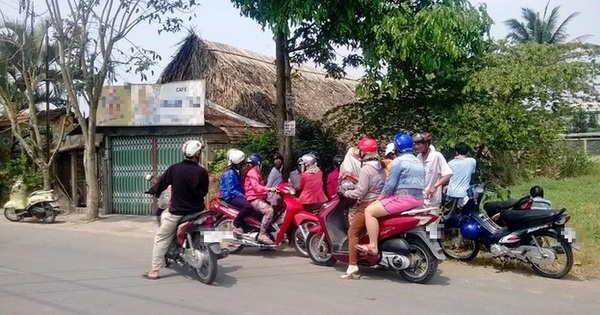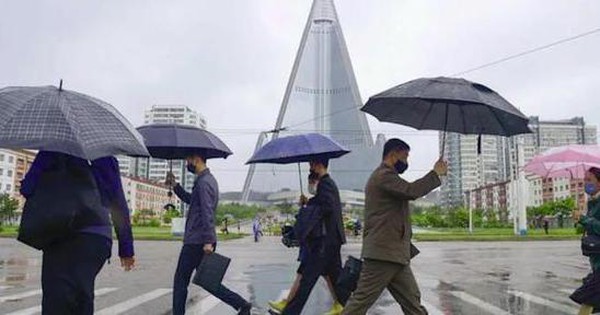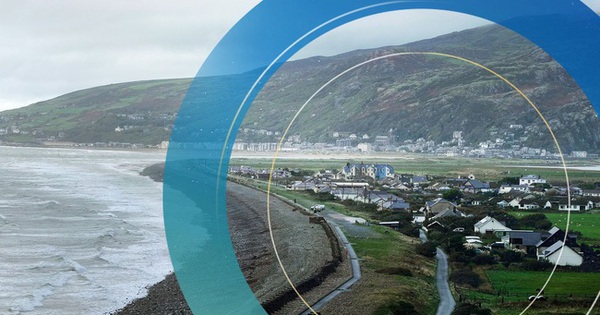Busan is the second largest city and home to the largest seaport in Korea. This coastal city is facing the squid sea level rise high and Climate Change threaten its existence.
Development company floating city Oceanix works with architecture firms Bjarke Ingels Group (BIG) and Samoo Architects & Engineers on a United Nations-funded project that could help tackle sea level rise and climate change.
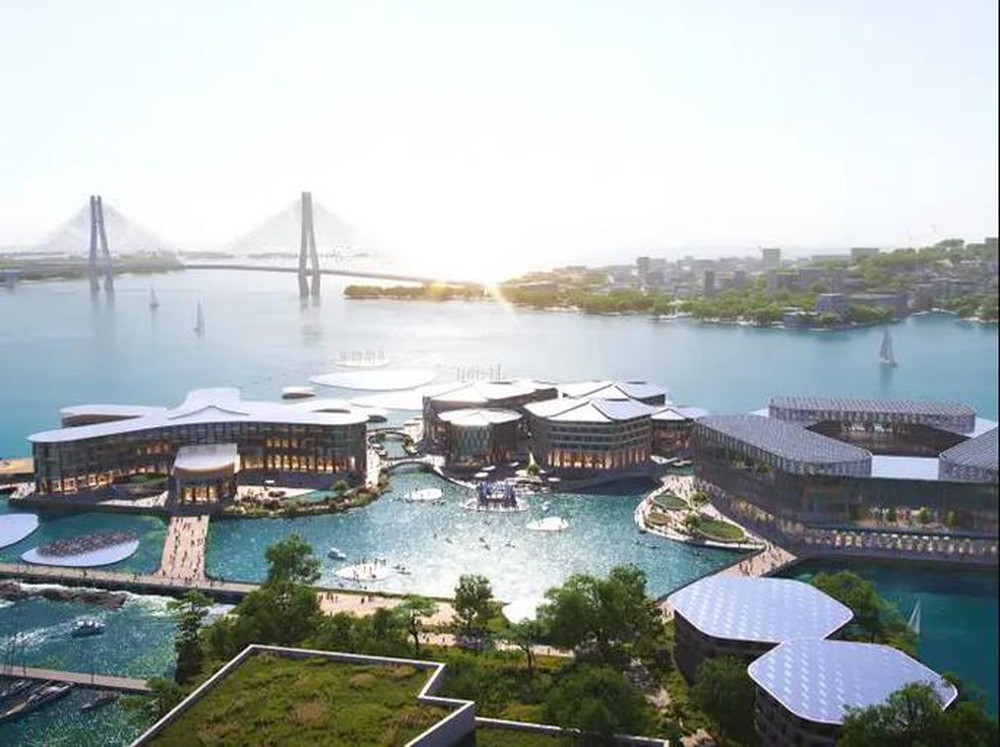
Floating cities like OCEANIX Busan can help tackle sea level rise and climate change. Photo: OCEANIX/BIG
The prototype floating city Oceanix Busan covers an area of about 6 hectares, can produce its own energy, water and food without depending on Busan’s resources. Construction is expected to be completed in 2025.
The floating city is built on hollow, thick platforms made of concrete and traps the air underneath to maintain the entire floating mechanism.
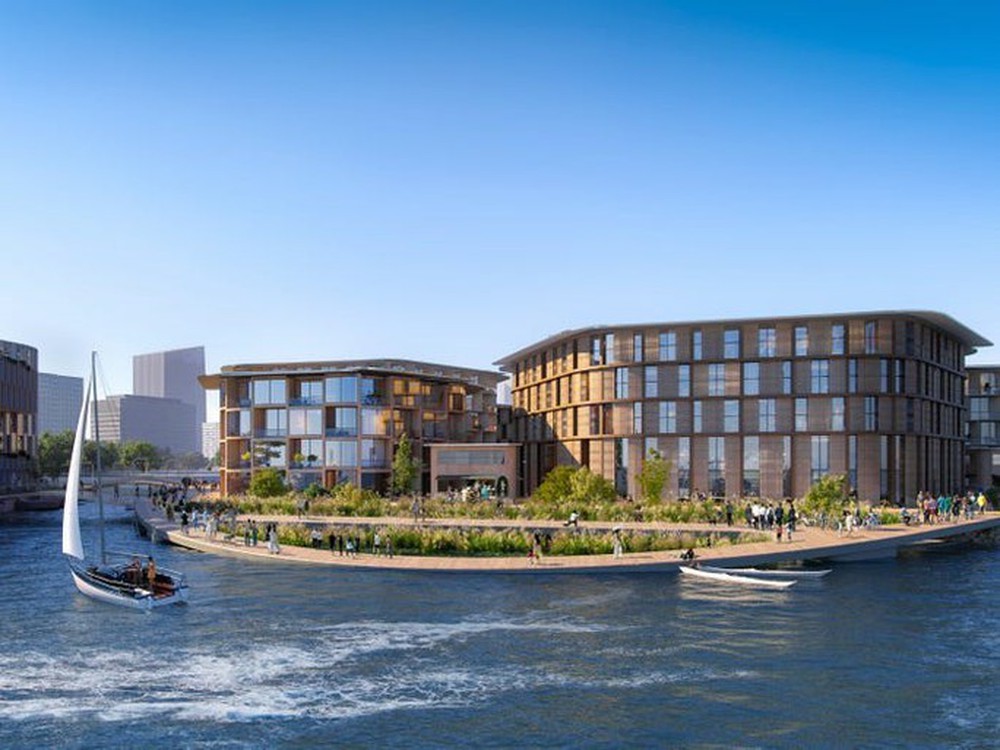
Floating platforms are designed to withstand the weight of five-story buildings. Photo: OCEANIX/BIG
“The depth of the pedestal creates a large void in the body, almost like a basement containing mostly air to counter the weight of the buildings above. This space also functions as a storage area. energy storage and waste management” – a representative of BIG said.
The smart city also has an up-and-down, anchored system that connects the platforms to the seabed to minimize horizontal movement. “The city is resistant to flooding. When the water rises, the platforms can float and their foundations will also adapt to the water level,” said chief engineer Pietrobelli.
The designers claim that living on the floating city of Oceanix Busan is almost on the mainland even when subjected to the highest waves. Therefore, when the sky is calm, no one will feel nauseous even though they are on the floating city.
The prototype for the floating city could house 12,000 residents but because the platform is modular, it can be expanded to accommodate up to 100,000 people. When scaling up, the platforms will be arranged in a honeycomb-inspired hexagonal arrangement.
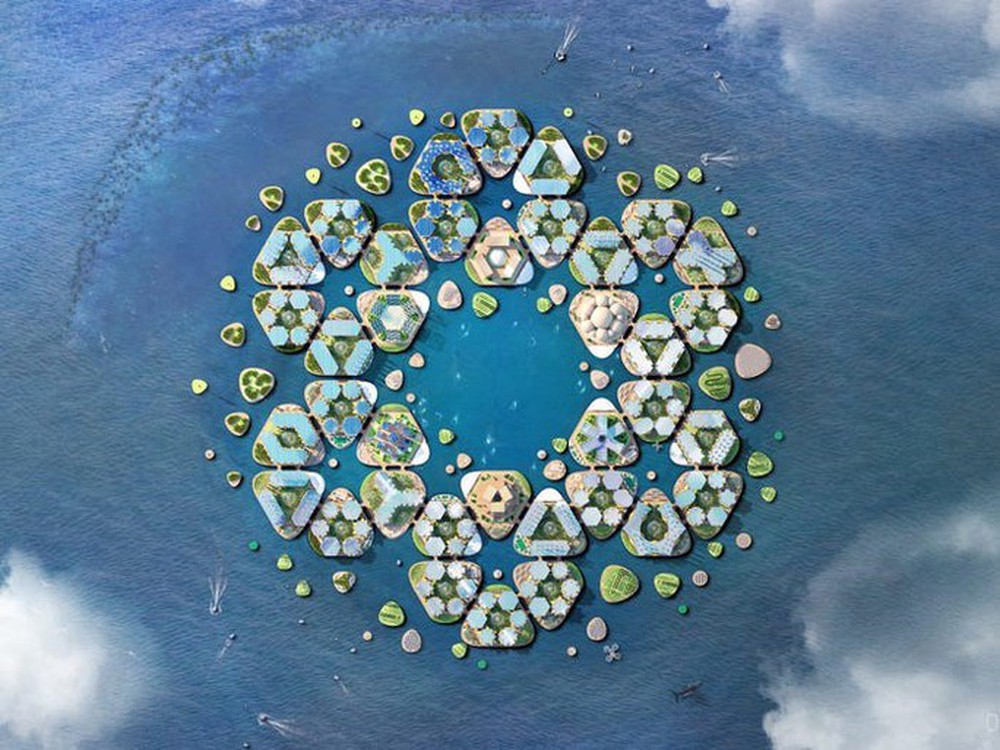
Drawings of floating platforms. Photo:OCEANIX/BIG
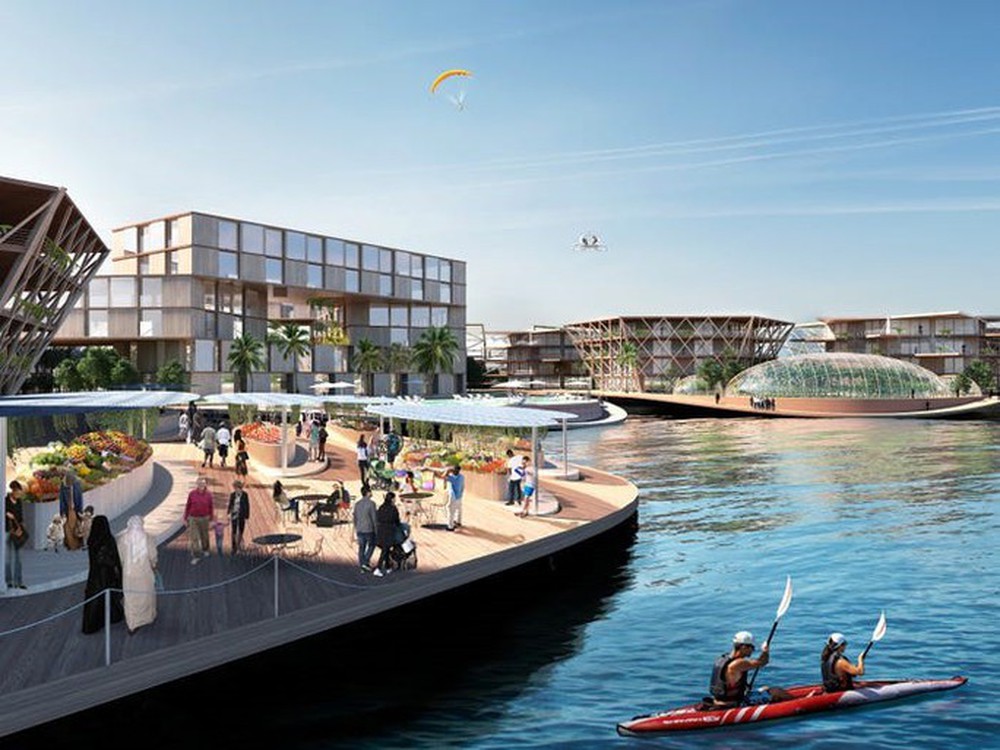
The platforms are designed with a low edge so that residents have direct access to the water. Photo:OCEANIX/BIG
According to Oceanix’s website, the city prototype has three platforms. Each platform has a specific use: residential, daily living and research.
The housing platforms will offer a wide range of housing options, including apartments and hotels. The neighborhood on the basis of daily living will be similar to the streets of Busan. There are alleyways of food vendors and various local businesses.
“Each platform will have a mobile pavilion where you can switch between land and water vehicles. You can also walk from your home or use a boat or ferry to navigate between the platforms. region as the city grows,” added engineer Sundlin.
The buildings on the floating city are designed to be 5 stories high, on the roofs of the buildings will have solar panels to generate energy, there are dedicated areas for aeroponic and hydroponic farms.
Floating cities are being designed as an alternative to land reclamation, especially for coastal cities that need to expand due to growing populations. As a result, the environment can be improved because the base of the platform will help attract marine life.
However, the floating city will still be attached to energy grids and water systems from the mainland in case of an emergency, the designers say.
at Blogtuan.info – Source: Soha.vn – Read the original article here
